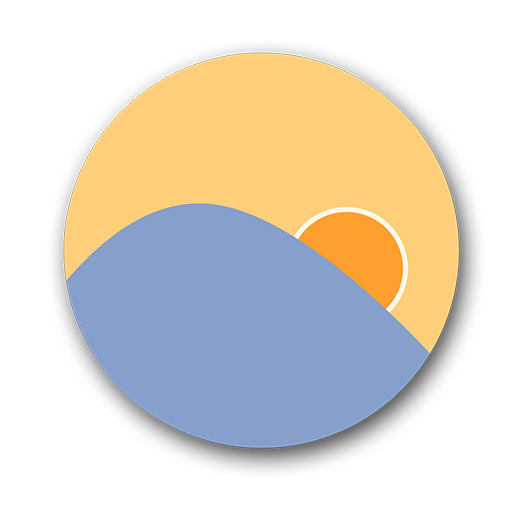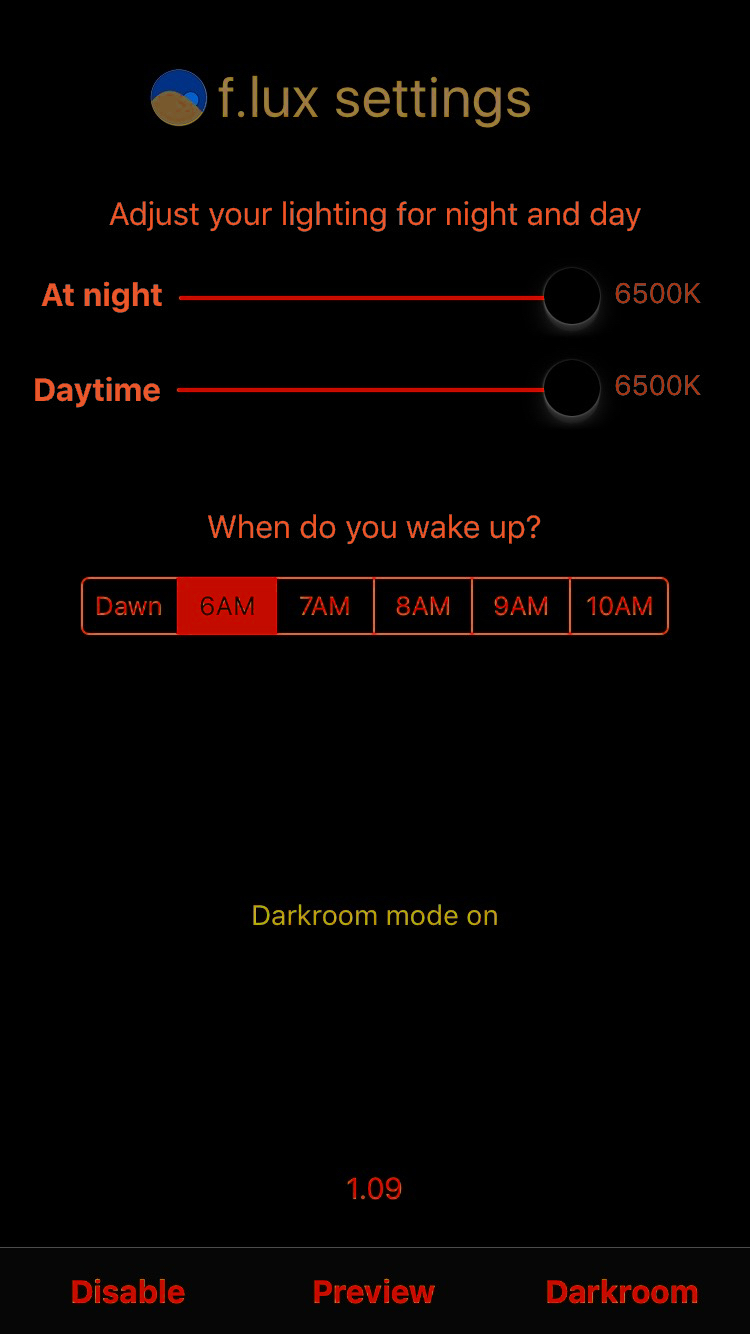

The first time I tried F.lux, it just seemed to me that the screen was a little more ‘red’.
As dusk approaches however, your screen gradually (if you have selected the slow setting) changes to a warmer, easier on the eye, colour setting. F.lux in useĭuring the daytime you won’t notice any difference to your screen, unless you prefer to change the default daylight setting of 6500K. I prefer slow, as you barely notice when the change happens. You can choose either a slow or fast transition between the day and night settings. You can select Tungsten, Fluorescent, Halogen or choose your own custom value by adjusting the temperature sliders. Next you select what type of light you want your screen to replicate at night. To set it up, the first thing you need to do is add your location, then the app calculates the time of sunset and sunrise wherever you are.
#F.lux app for mac android
The app is cross-platform (with the exception of Android devices at the moment) so there are versions for Windows, Macs, Linux and iOS. Apart from the settings page, there are no controls or interfaces – the idea is you set it up once and never touch it again. F.lux settings F.lux Settings (an old version… on a Mac…)į.lux is designed to work unobtrusively in the background. If you want to know more about the science, the developers have provided a great resource on the site here. This doesn’t cause any issues in the daytime, but at night, this blue light limits the production of melatonin. In layman’s term, the bright light from your laptop/iPhone/iPad etc screws up your sleep-wake cycle. Using computers at night wrecks your sleepĬomputer screens – and that includes smartphones and tablets – emit light in the blue part of the spectrum. The problem is, a 21st century lifestyle doesn’t always treat this relationship with a lot of respect. When the light starts to fade at night, our bodies start producing melatonin, aka the ‘sleepy hormone’.Īs morning approaches, the daylight becomes a signal to stop producing melatonin, which makes us feel alert and awake. It’s a beautifully balanced symbiotic relationship with nature. Human beings have evolved alongside these daily light patterns, developing biological mechanisms to trigger sleep and wakefulness. As the day progresses, the colour temperature changes – think of the difference between a bright clear morning and a golden sunset. These colours can be represented on a ‘temperature’ scale, measured in Kelvin(K). Visible light is made up of different wavelengths which our eyes perceive as colour. In order to fully benefit from using F.lux, it’s useful to know a little of the science behind this app. I still don’t get it, why do I need F.lux? Kelvin Scale (K) – Color Temperatures It adapts your computer’s display to the current time, “ warm at night and like sunlight during the day.” In effect it tries to match the light from your computer to the light in your natural environment. Instead of adjusting the brightness, F.lux works discreetly in the background, automatically adjusting the colour temperature of your screen.
#F.lux app for mac software
There’s a misconception that F.lux is like a software version of the ambient light sensors found on most Apple products and a lot of laptops these days.īut there’s a subtle and important distinction. Whilst this gives you a very broad idea, many people miss the point completely. The strapline for the software is “ Better lighting…for your computer“. Like all religious cults, F.lux is an experiential process, you have to live it to truly understand… So what does F.lux do?

But it’s not easy to describe in words why there are so many devotees like me.
#F.lux app for mac download
It’s freeware so you won’t have seen any advertising or marketing campaigns.ĭespite being well under the radar, F.lux has a large, loyal and enthusiastic userbase, as demonstrated by the thousands of comments on the download page. You’d be forgiven if you’ve never heard of F.lux. A simple piece of computer software that I would now find hard to live without. How many technological innovations in the last 15 years have become indispensable in your daily lives? I can think of quite a few- the mobile phone, WiFi, GPS navigation, THE INTERNET, I could go on….


 0 kommentar(er)
0 kommentar(er)
